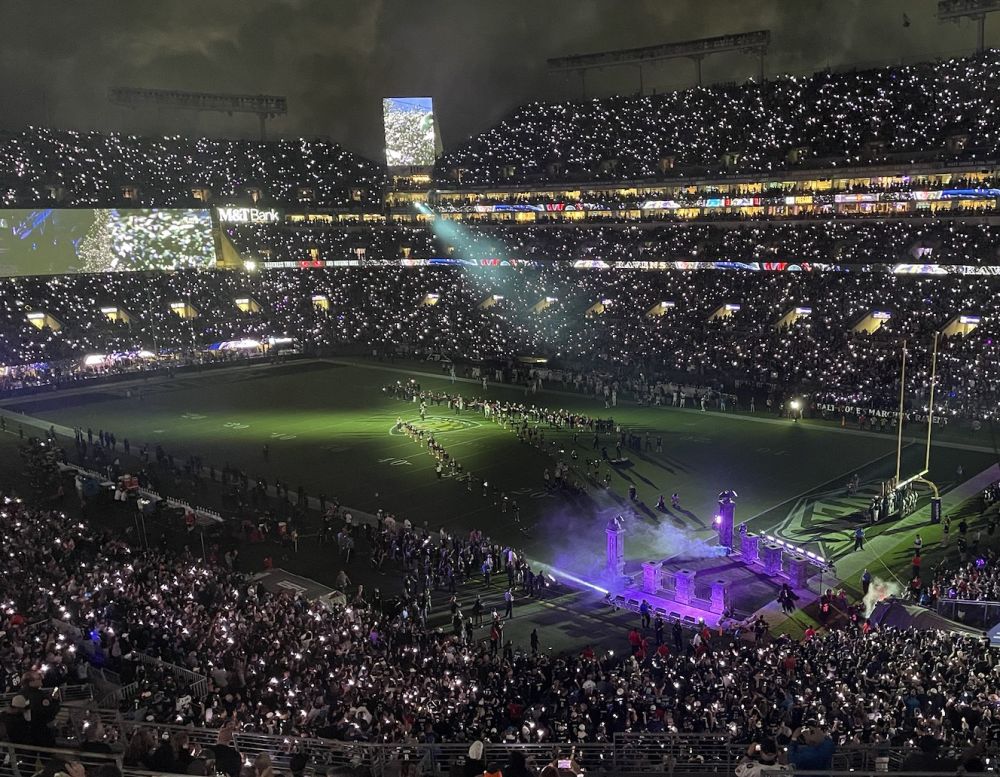After recognizing the biggest individual surprises of the Orioles’ first half, it’s strange finding a large number of individual disappointments despite the club’s 45-40 start.
Amazingly, the Orioles have managed to find so much success despite their obvious flaws as a number of individuals have failed to meet expectations and others have been injured, leaving major holes and question marks as the club begins the second half on Friday. Even though they currently hold the second wild card position in the American League, the club’s minus-36 run differential (12th in the AL) is indicative of a group due for a substantial market correction in terms of wins and losses.
Many wonder how much longer the Orioles will remain afloat — in terms of staying in the wild card race, at least — after losing 13 of their last 19 game and scoring only 61 runs in their last 22 contests. In addition to their recent offensive struggles, three-fifths of the starting rotation entering the season was recently demoted to Triple-A Norfolk, putting an even greater strain on the Orioles’ dominating bullpen to keep them in games.
Regardless of how optimistic or pessimistic you might be about the Orioles’ chances, the next two weeks of baseball will go a long way in determining how active the club will be at the trade deadline.
Here are my five biggest individual disappointments of the Orioles’ first half:
Not-so-honorable mention: Tommy Hunter, Kevin Gregg, Nolan Reimold’s neck injury, Tsuyoshi Wada’s elbow injury, Brian Roberts’ hip injury
5. Endy Chavez
The 34-year-old wasn’t signed to be a full-time starter, but the Orioles figured they were getting a decent insurance policy for Opening Day left fielder Nolan Reimold when Chavez inked a one-year deal worth $1.5 million. Instead, the 170-pound outfielder hasn’t even hit his weight in an injury-plagued, miserable first half.
While Chavez has made two different trips to the disabled list with intercostal and hamstring injuries, his abysmal .162 average in 105 at-bats makes him fortunate to even have a job at this point. Chavez figured to become the default left fielder when Reimold went down with a herniated disc in his neck, but his poor play has created a colossal hole in left field that manager Buck Showalter has attempted to fill with converted infielders (Steve Tolleson and Ryan Flaherty), journeymen veterans (Steve Pearce and Bill Hall), and a raw rookie (Xavier Avery).
Having completed his minor league rehab assignment over the All-Star break, Chavez is expected to rejoin the club on Friday, but his .402 OPS (on-base plus slugging percentage) must climb immediately for the organization to justify keeping him around much longer. The left-hander has a career .269 average over 11 major league seasons and hit .301 over 256 at-bats in a part-time role with Texas last year, making his horrendous first half even more shocking.
4. J.J. Hardy
Coming off a tremendous year in his first season in Baltimore, the shortstop has dealt with a tender shoulder since spring training and his production at the plate has dropped dramatically in 2012.
Hardy has never been a great hitter for average (.259 in eight seasons), but his .224 mark at the break reflects the horrendous slump he’s endured since late May. In his last 37 games, the 29-year-old is hitting .172 with two home runs and nine runs batted in.
The club’s widespread struggles at the plate and injuries to Nolan Reimold and Nick Markakis have limited questions about Hardy remaining in the No. 2 spot in the order, but Showalter will have no choice but to drop Hardy in the order if his .262 on-base percentage doesn’t improve soon. Even if Hardy’s production reflected his career numbers, he’s more suited to hit in the No. 6 or 7 spot to drive in more runs with his above-average power at the shortstop position.
Hardy’s defense is still a major asset for a defensively-challenged club, but the Orioles desperately need him to look more like the hitter he was in 2011 if they’re going to remain in the playoff hunt in the second half.


























